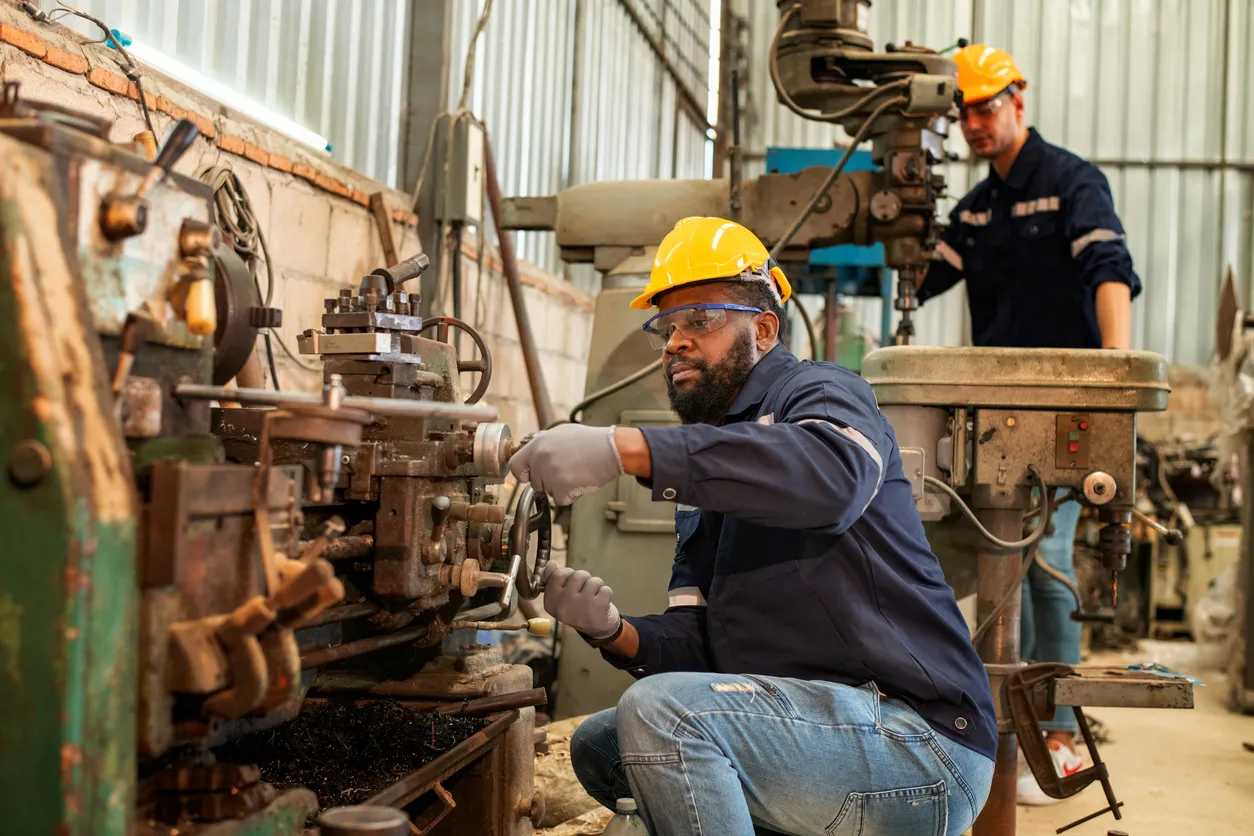Interesting story coming out of Speed, Indiana, located just north of Sellersburg. (Map here – note the schools and houses nearby.) Seems there is a big cement plant there, run by Essroc, that wants to replace some of the coal it burns with liquid waste-derived fuels. Is this a good thing, a bad thing, or an unknown thing?
(Hat tip to the News and Tribune, who did an excellent story on this.)
Some background: Liquid waste-derived fuels are discarded liquids that are flammable and can be recycled as a fuel. Examples would include varnish and paint thinner, antifreeze, solvents, and so on. By burning them in a high-temperature furnace, you (supposedly) reduce the pollutants they emit. In the case of the cement plant, you also reduce the amount of coal that is burned, lowering the pollution caused by burning coal. The plant operators state that using LWDF will reduce their nitrogen oxide and sulphur oxide emissions by as much as 30%.
But, since you are burning chemical wastes that would not be allowed into a landfill without treatment, what new pollutants are you introducing? Here’s the fun list: mercury, beryllium, and lead. Yes, lead – that same brain-destroying chemical that caused the uproar in Flint.
If you study the Essroc application with the Indiana Department of Environmental Management, you will see that Essroc maintains that they will be able to minimize these new pollutants enough to keep them under the EPA guidelines. And, it does appear that they have worked to have a good plan, at least on paper.
However, when the company’s own estimates state that lead emissions will go from 29 pounds per year to 1,180 pounds, the trade-off with coal may not be as positive as it looks going in. And, as noted by Mahendra Sunkara, director of the Conn Center for Renewable Energy Research at the University of Louisville’s J.B. Speed School of Engineering, it’s difficult to compare the relative safety of burning coal versus hazardous waste because the products that compose the latter can fluctuate, depending on what’s available.
At this point, it’s hard to say whether the switch from coal to LWDF is a net positive or not. But we would advise the people of Speed to dig into the implications of increased mercury, cadmium, and lead in their air, and how much is too much.
— 30 —
Comments







